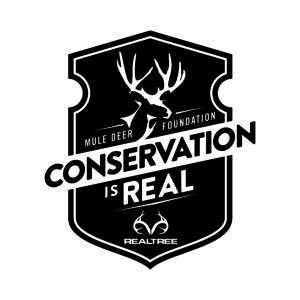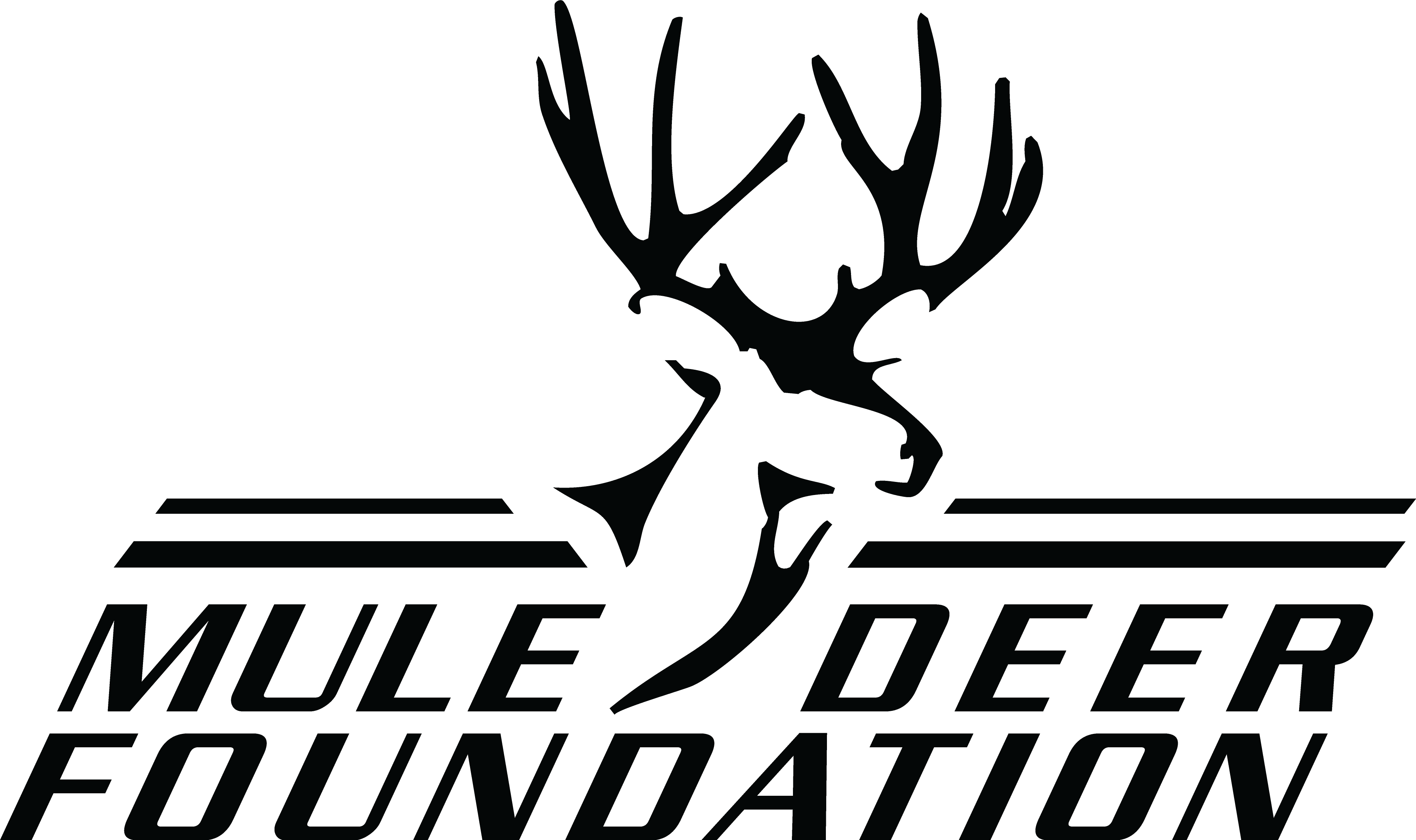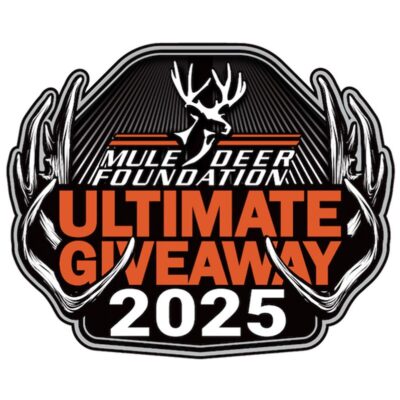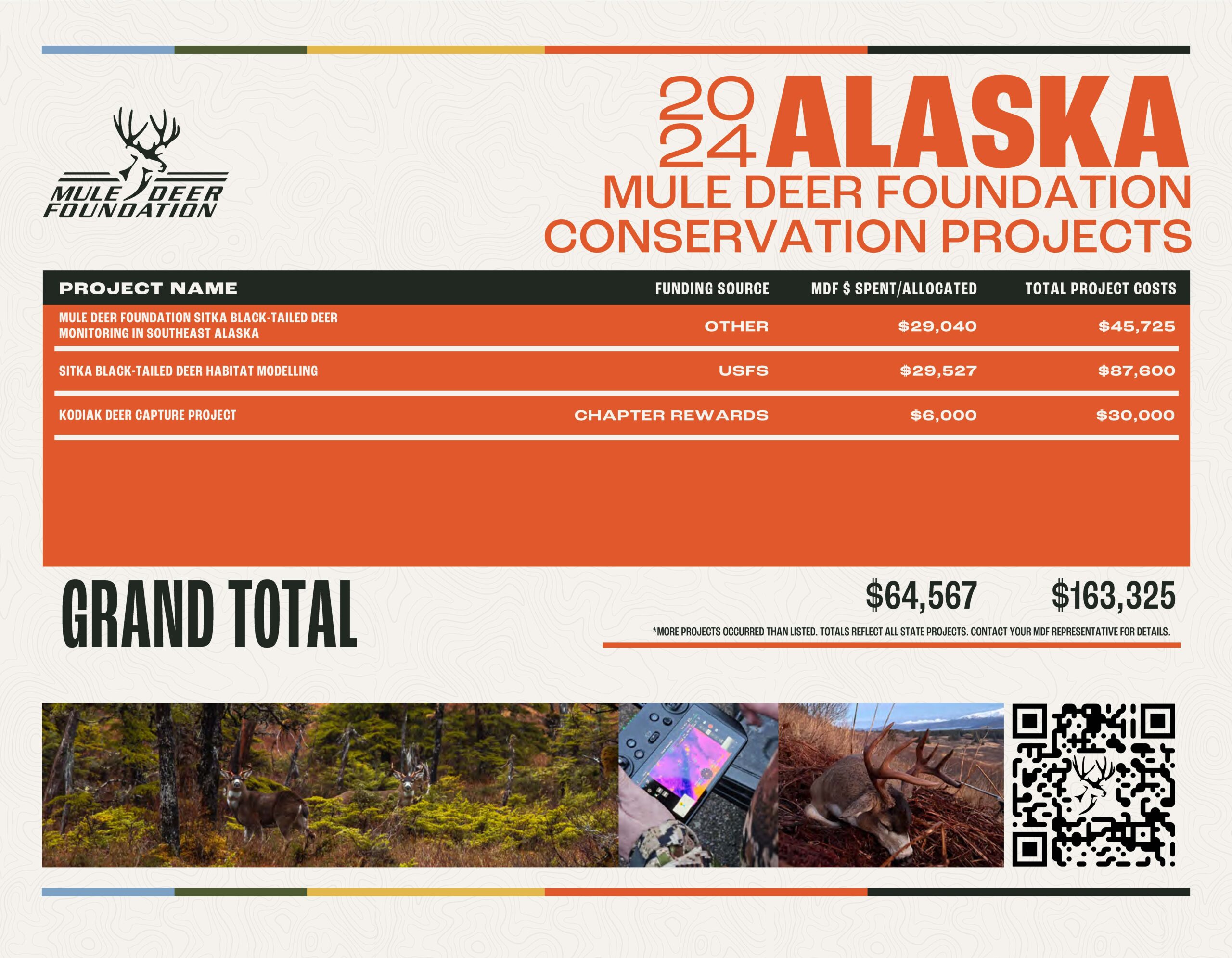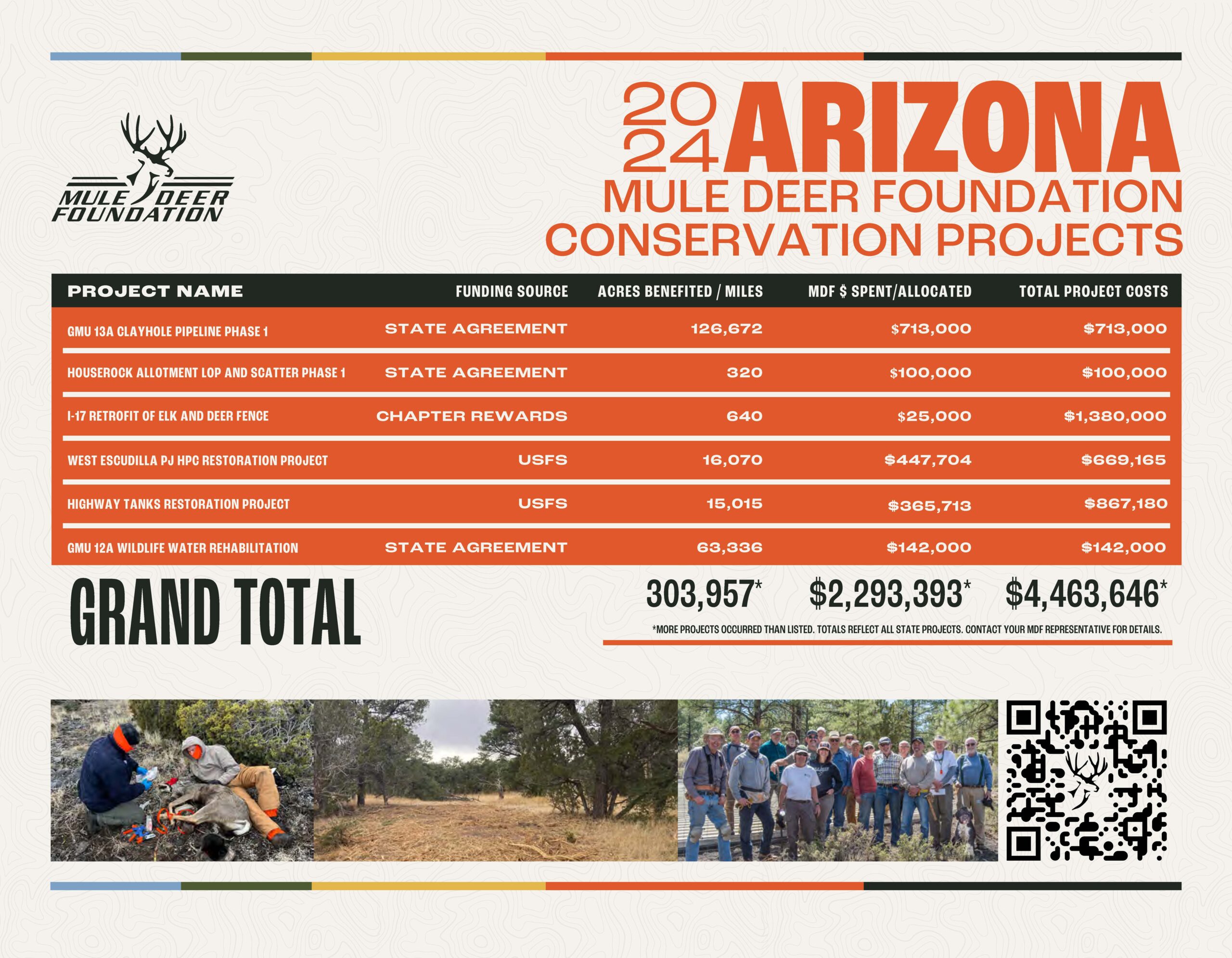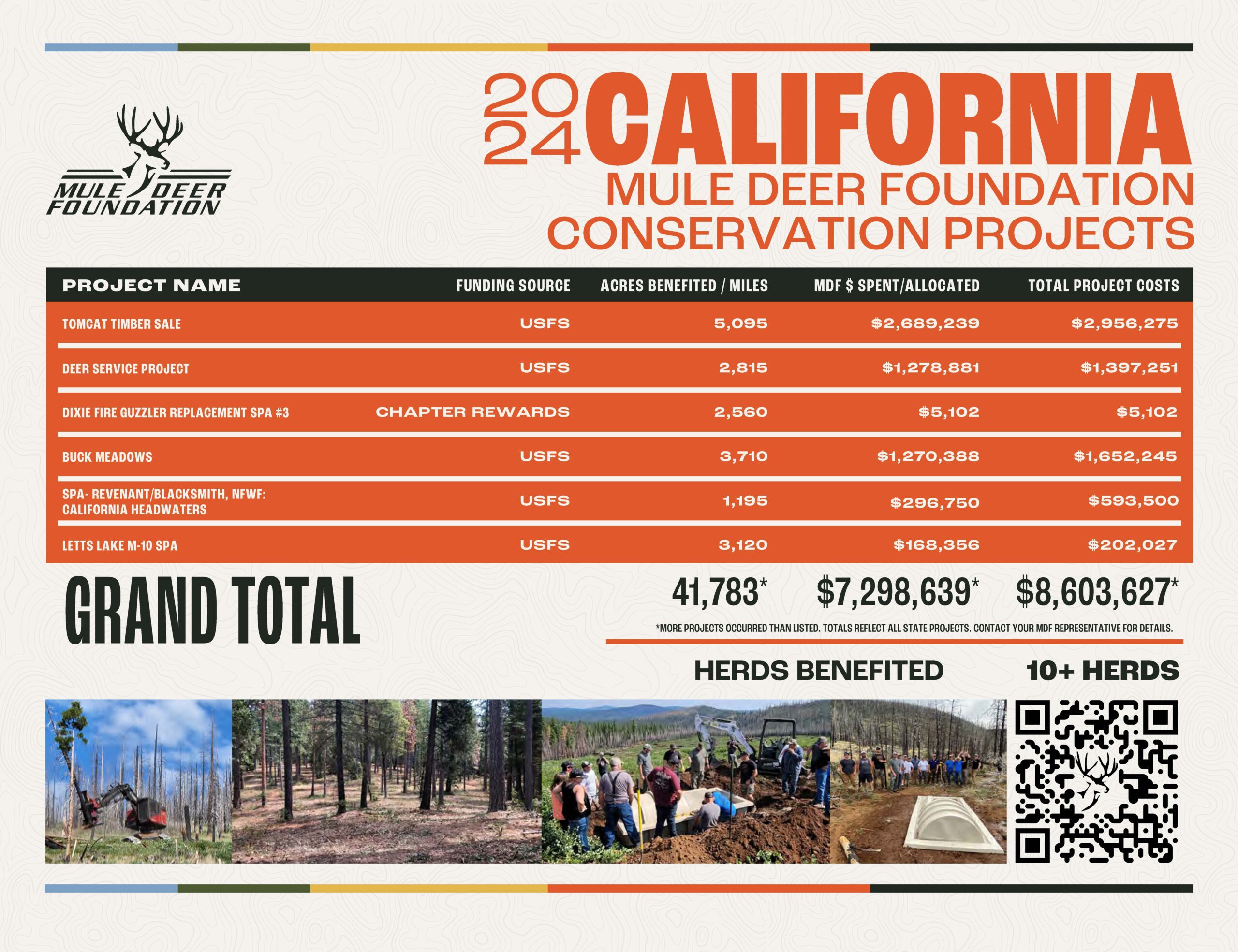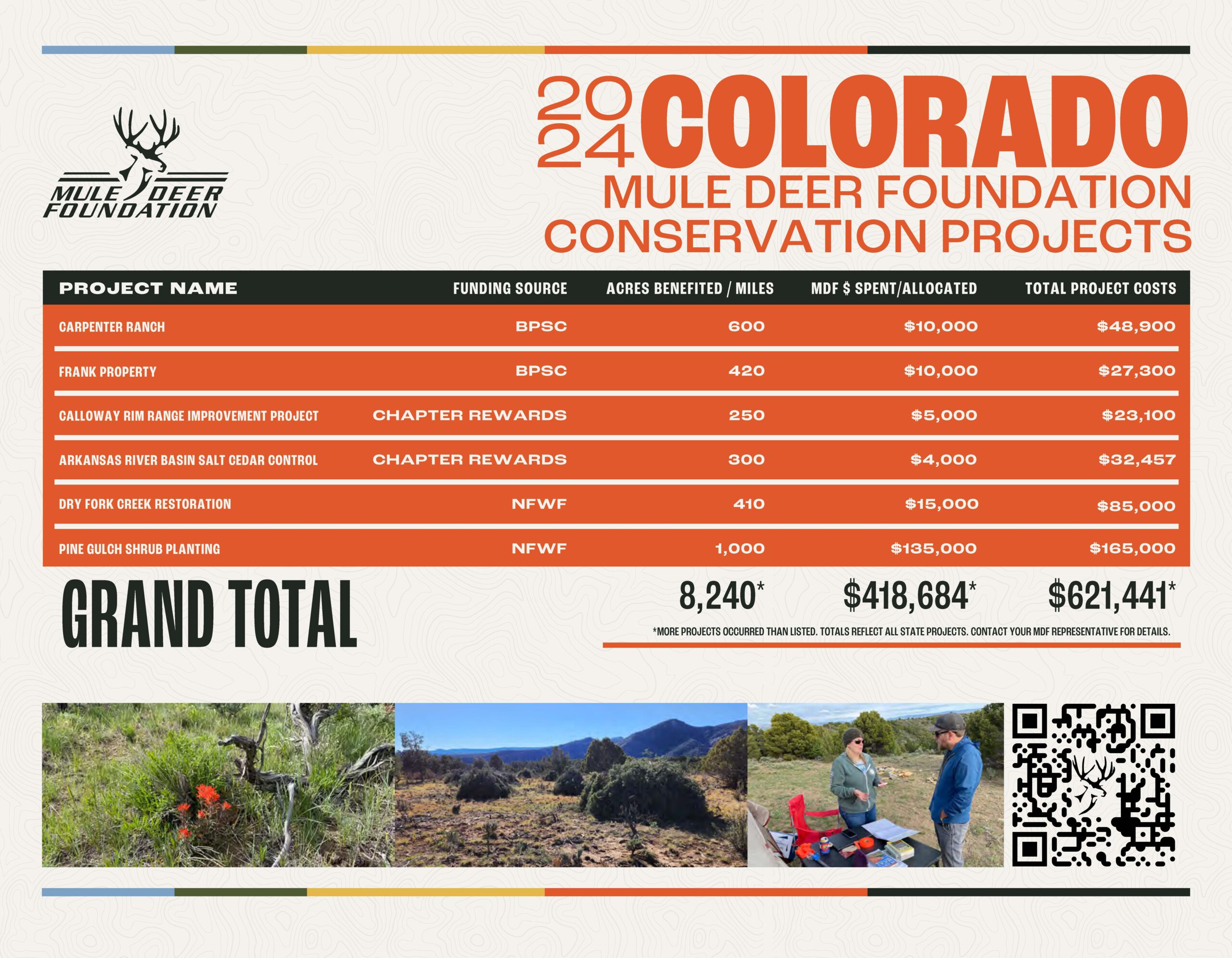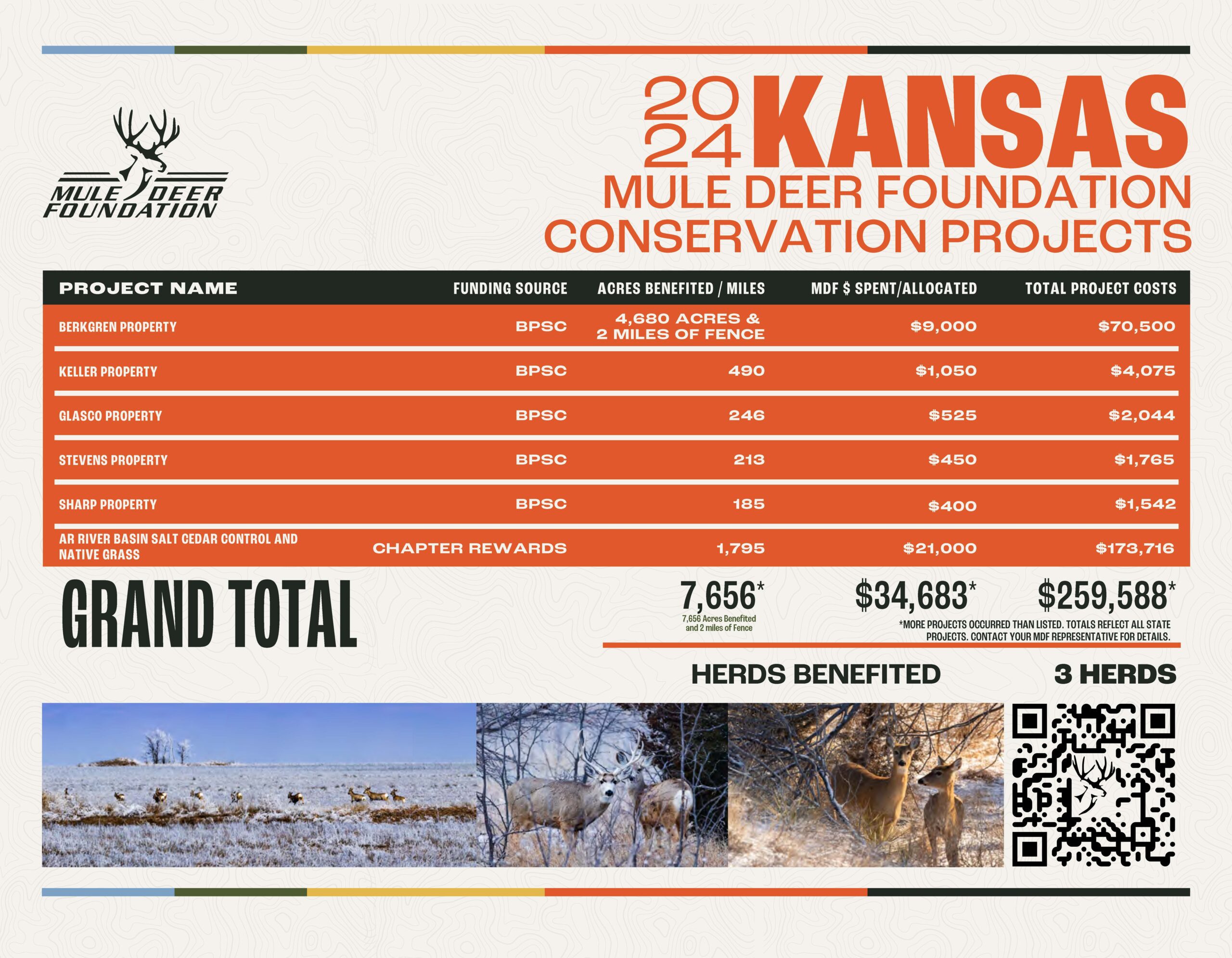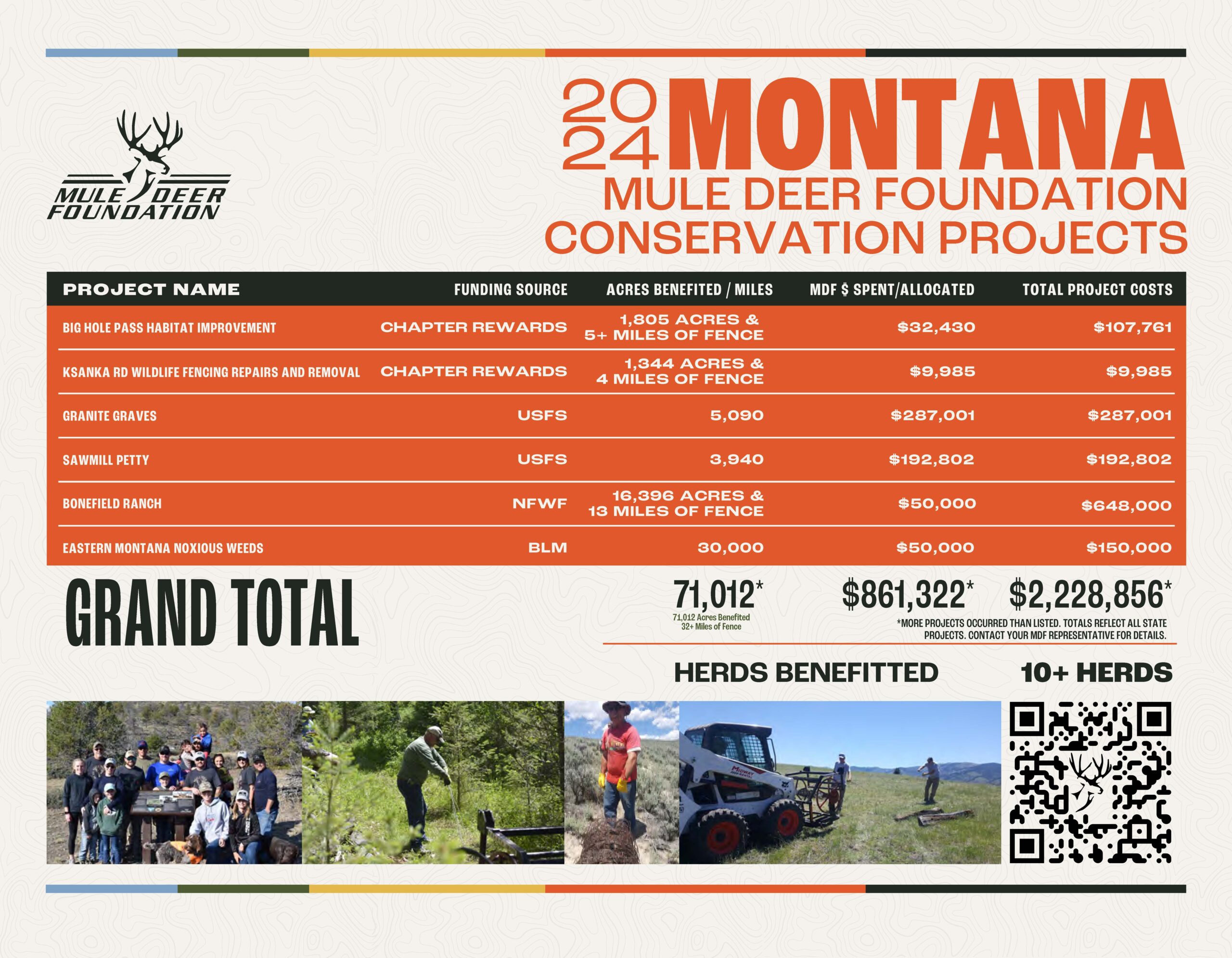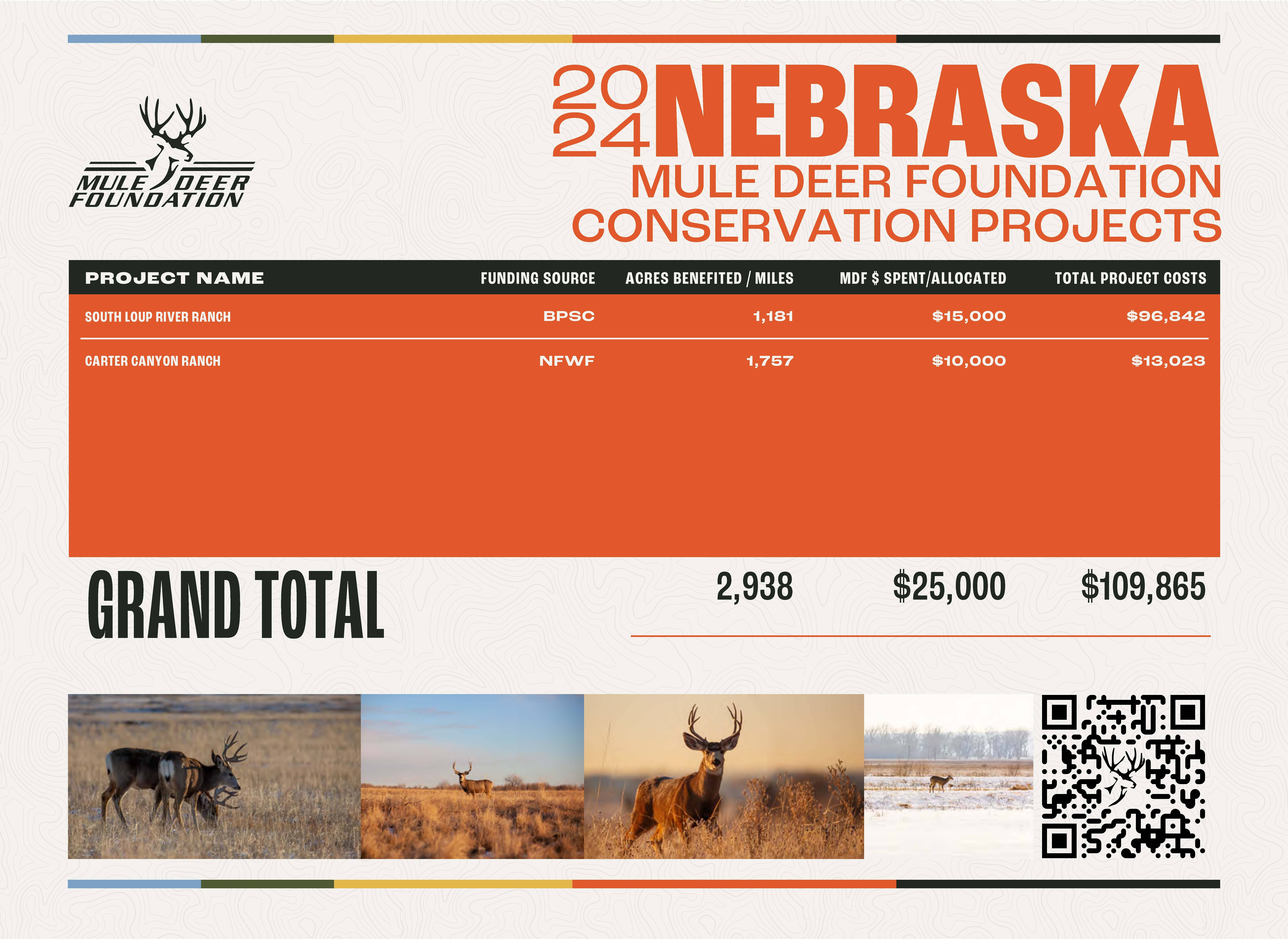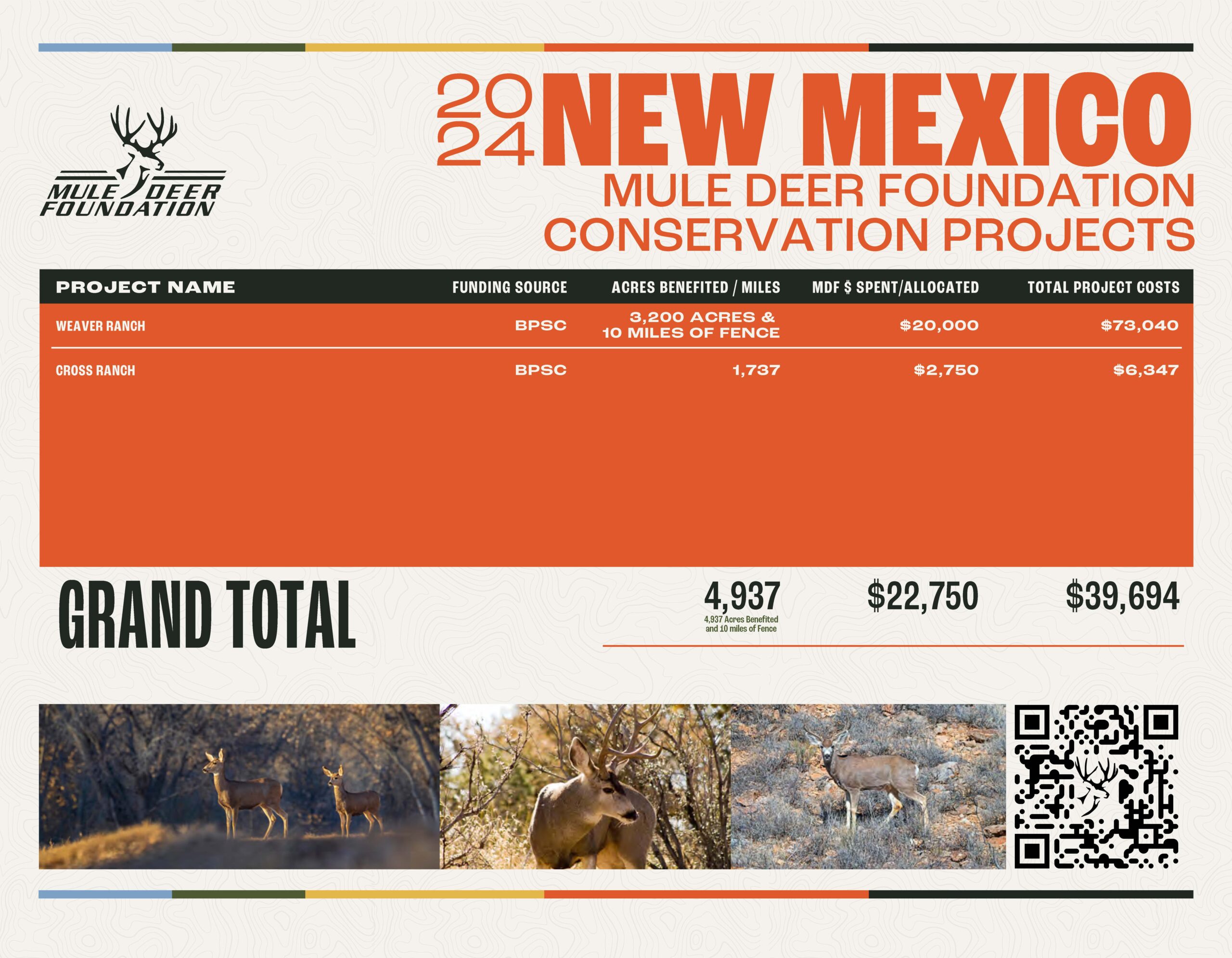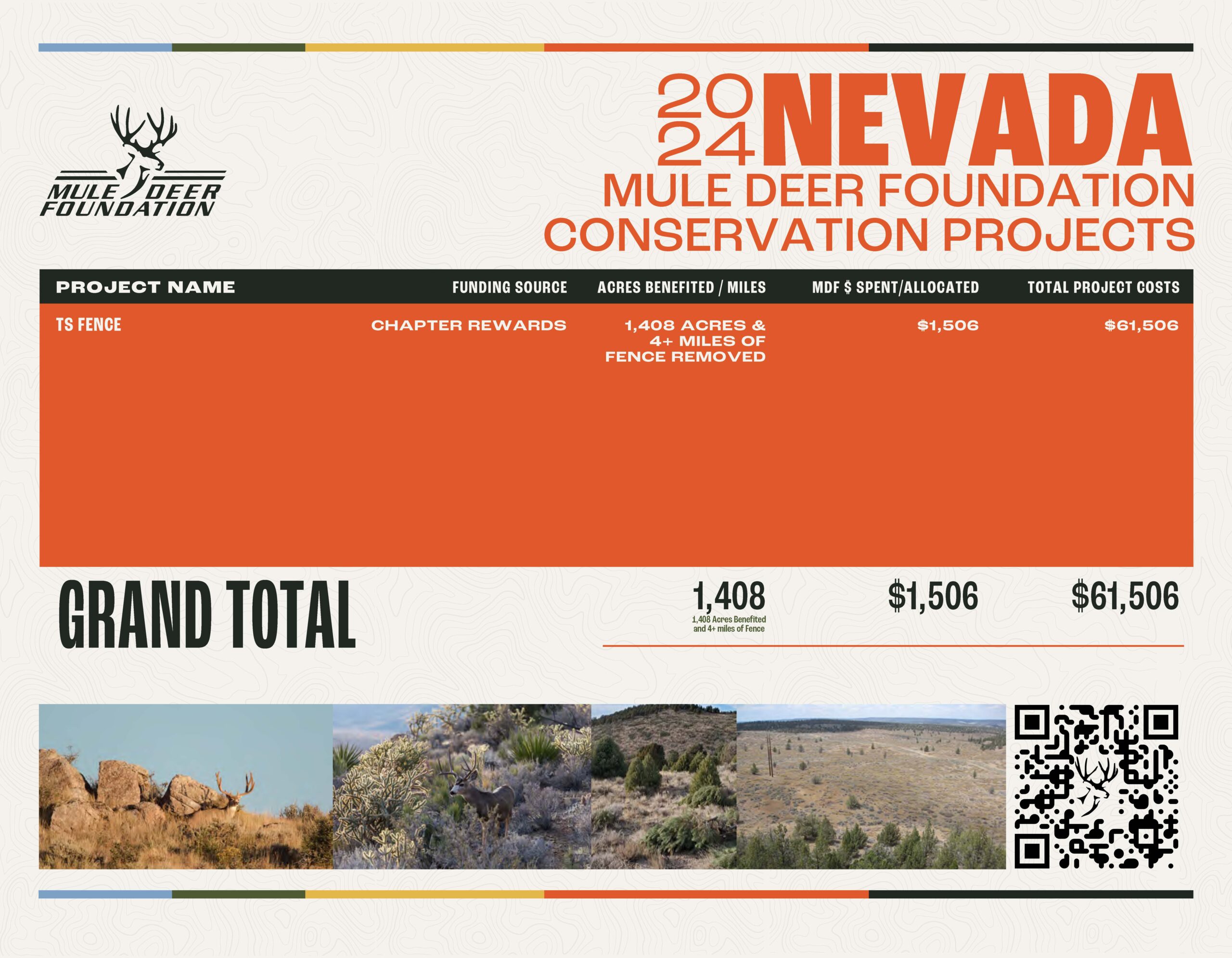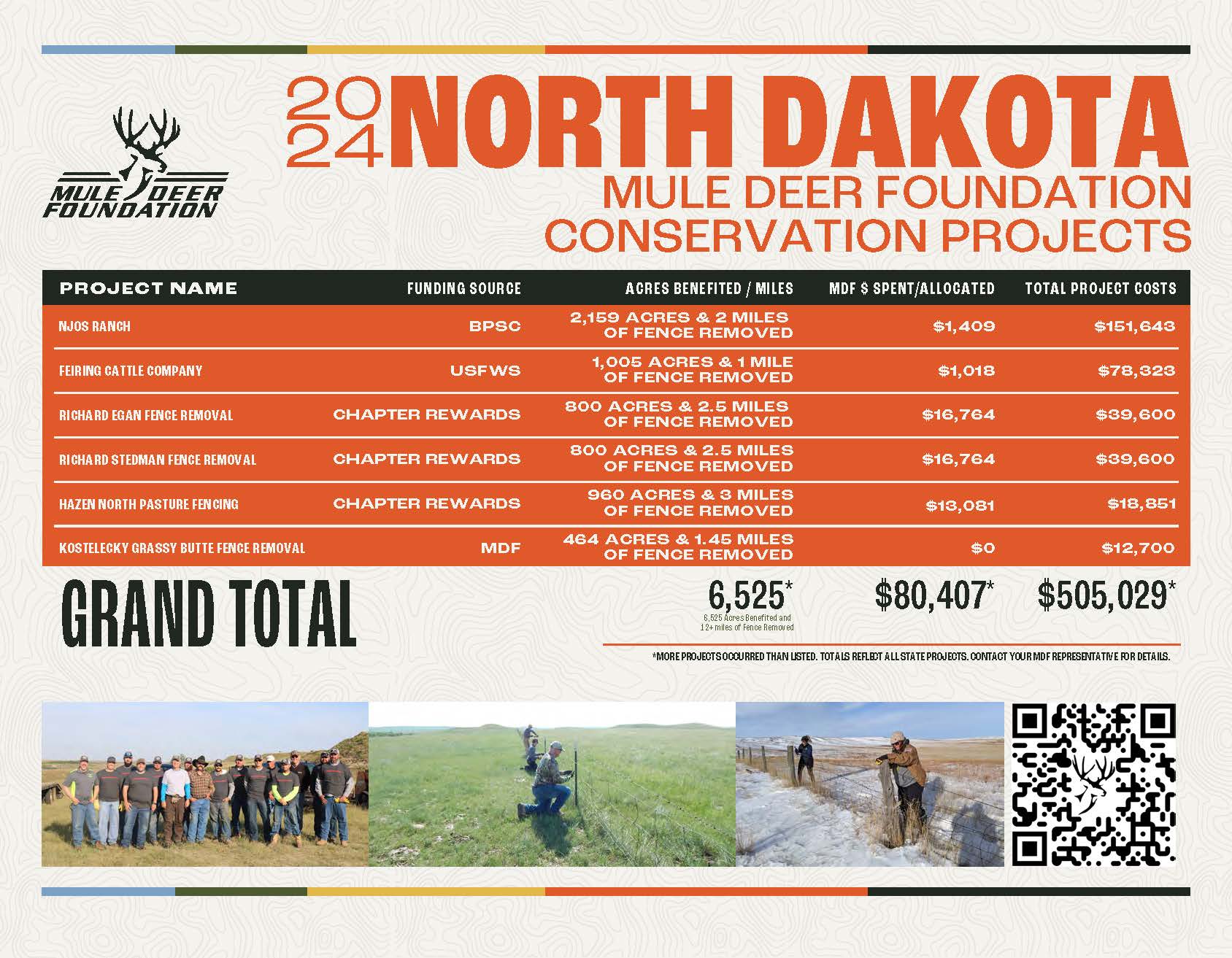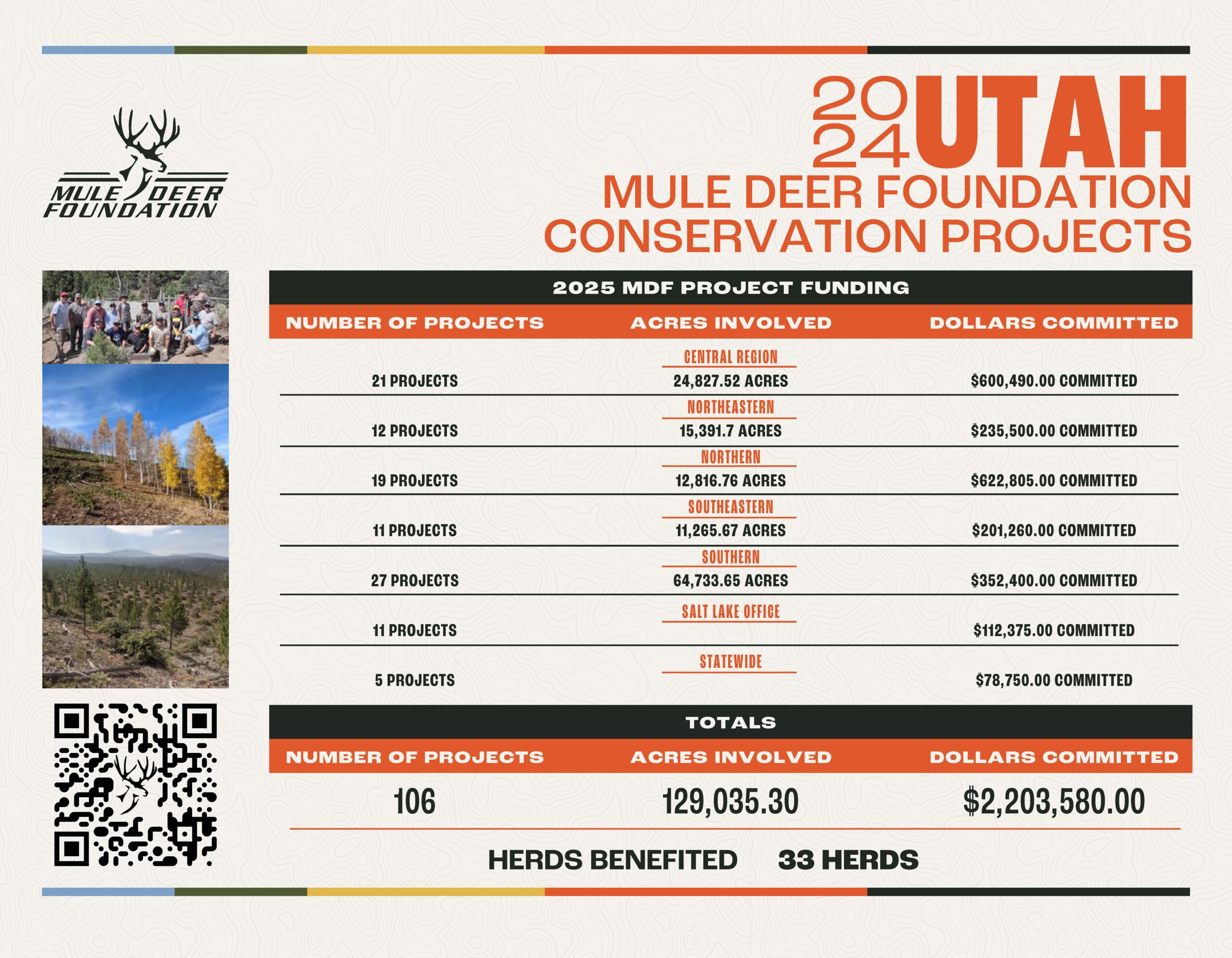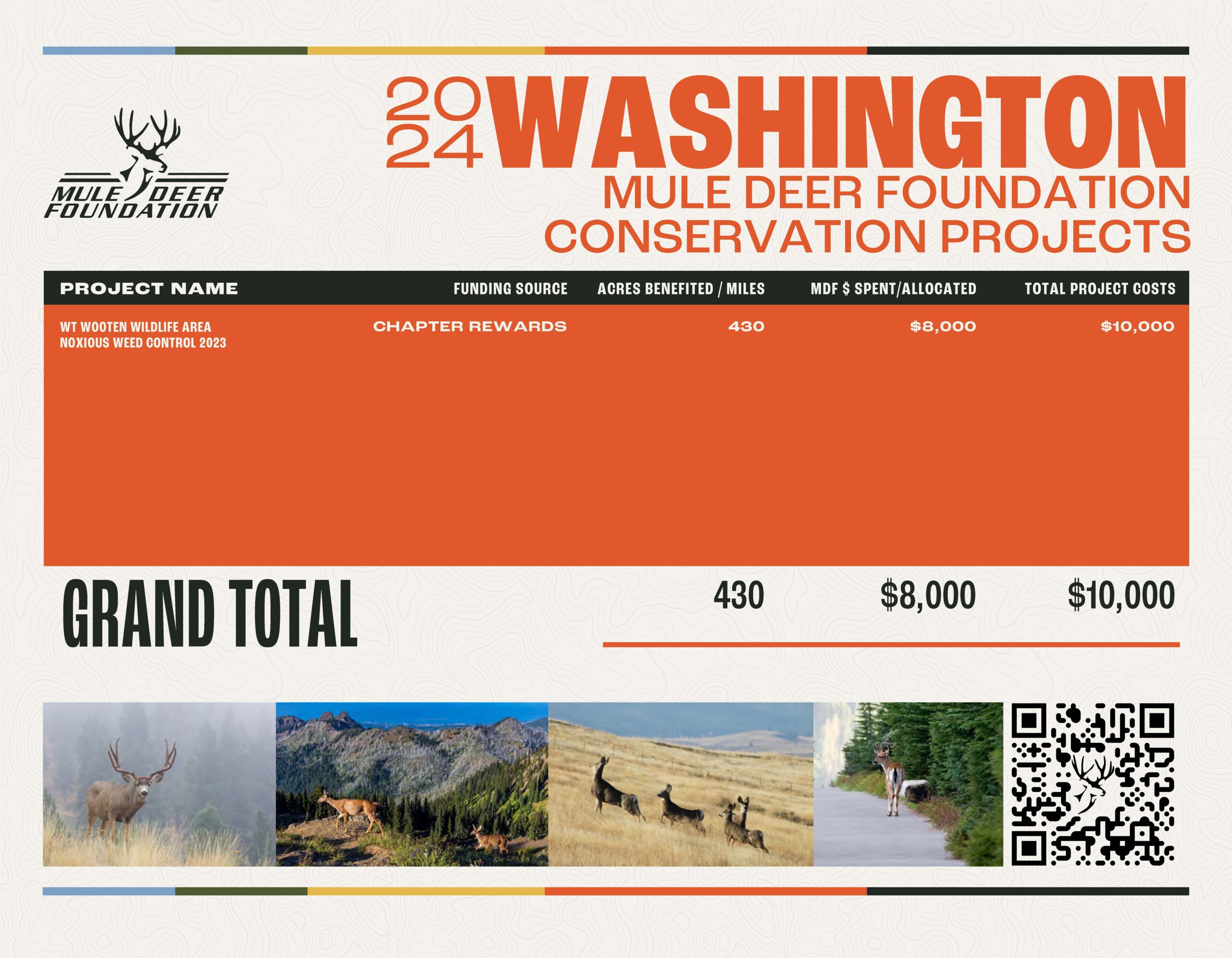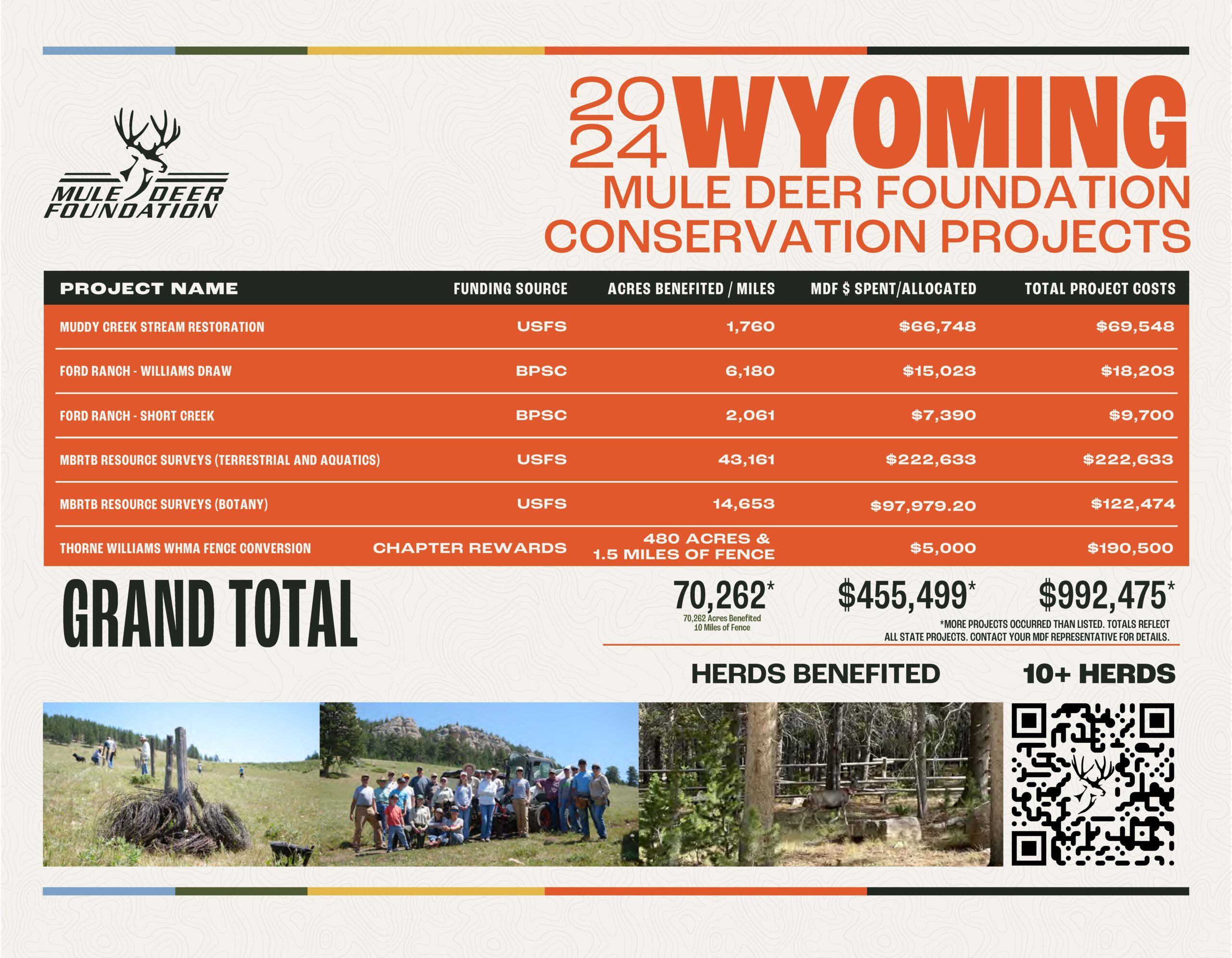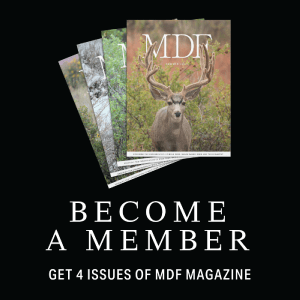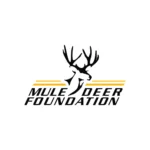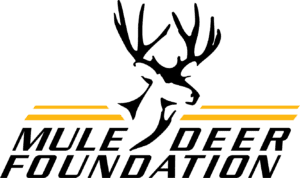
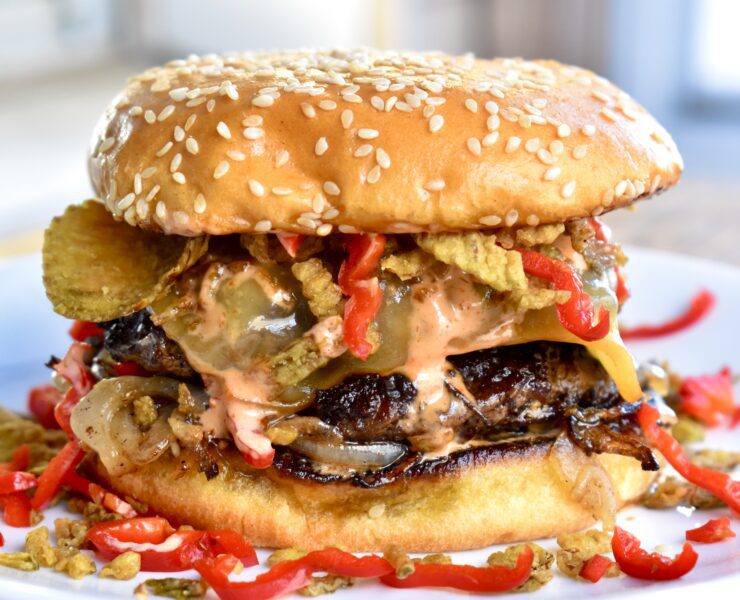
Every once in a while, I like to masochistically challenge myself by eating something stupidly spicy. I’ve never truly understood why I (and many others) get these cravings which provide nothing but hurt… Must be something broken in our brains!
I got that desire recently, which happened to coincide with a strong hankering for a burger. Smashing my two desires together into a spicy-as-all-get-out burger would allow me to get two birds stoned at once, so to speak.
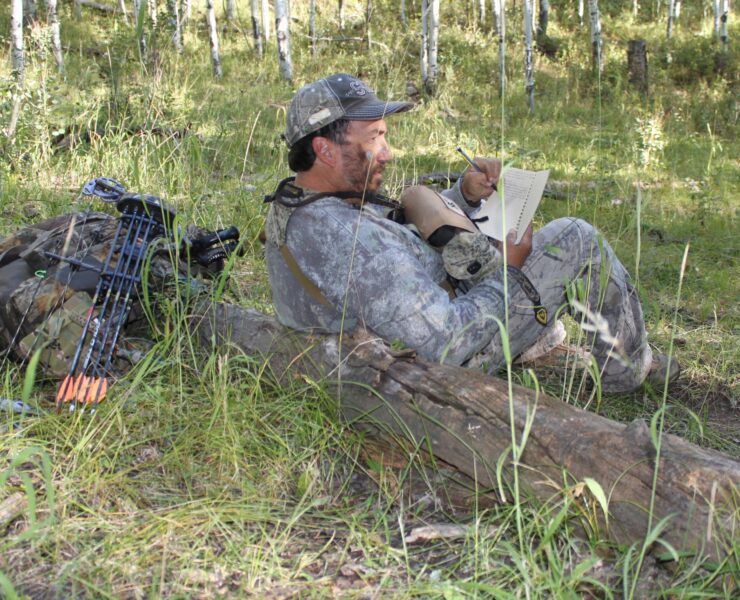
It’s two nights before the Spring turkey season, and I’m trying on my lucky camos for the first time since deer season. The holidays have come and gone, and my gut is…larger. I suck it in but my arms are shaking, straining like I’m gripping matter and antimatter, trying to get the brass button to go inside that tiny buttonhole. Dang.
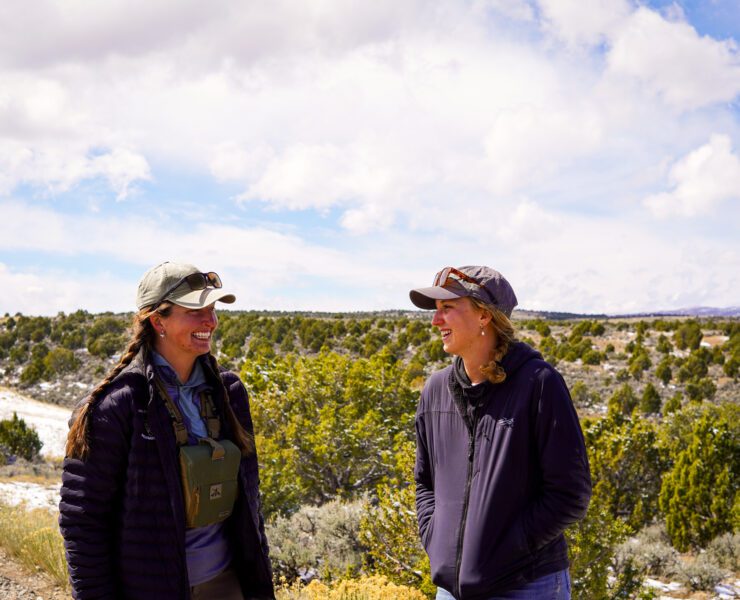
“People call this the Mule Deer Factory of Colorado!” she laughs. It’s an apt title: Mule deer in Rio Blanco County outnumber people by many thousands. They are surely hidden in the landscape here, along with many other creatures that depend on healthy sagebrush habitat—like greater sage-grouse, an enormous and ornate grouse species that is entirely limited to sagebrush.
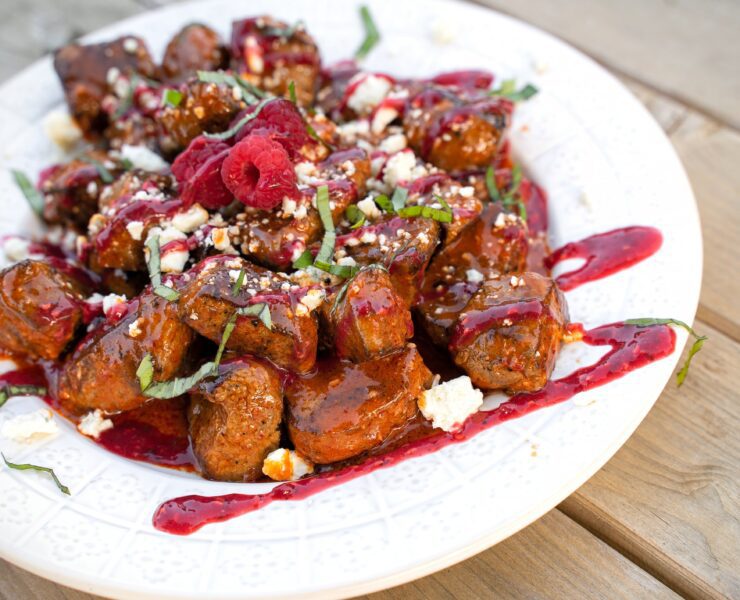
When it comes to deciding what to grill for the 4th of July, it’s usually a no-brainer: burgers, brats, and dogs. Perhaps you have ground game and venison links taking up space in your freezer and the Independence Day holiday is the perfect occasion to make room for fall. But what about your guests who are tired of the same-old menu, year after year?
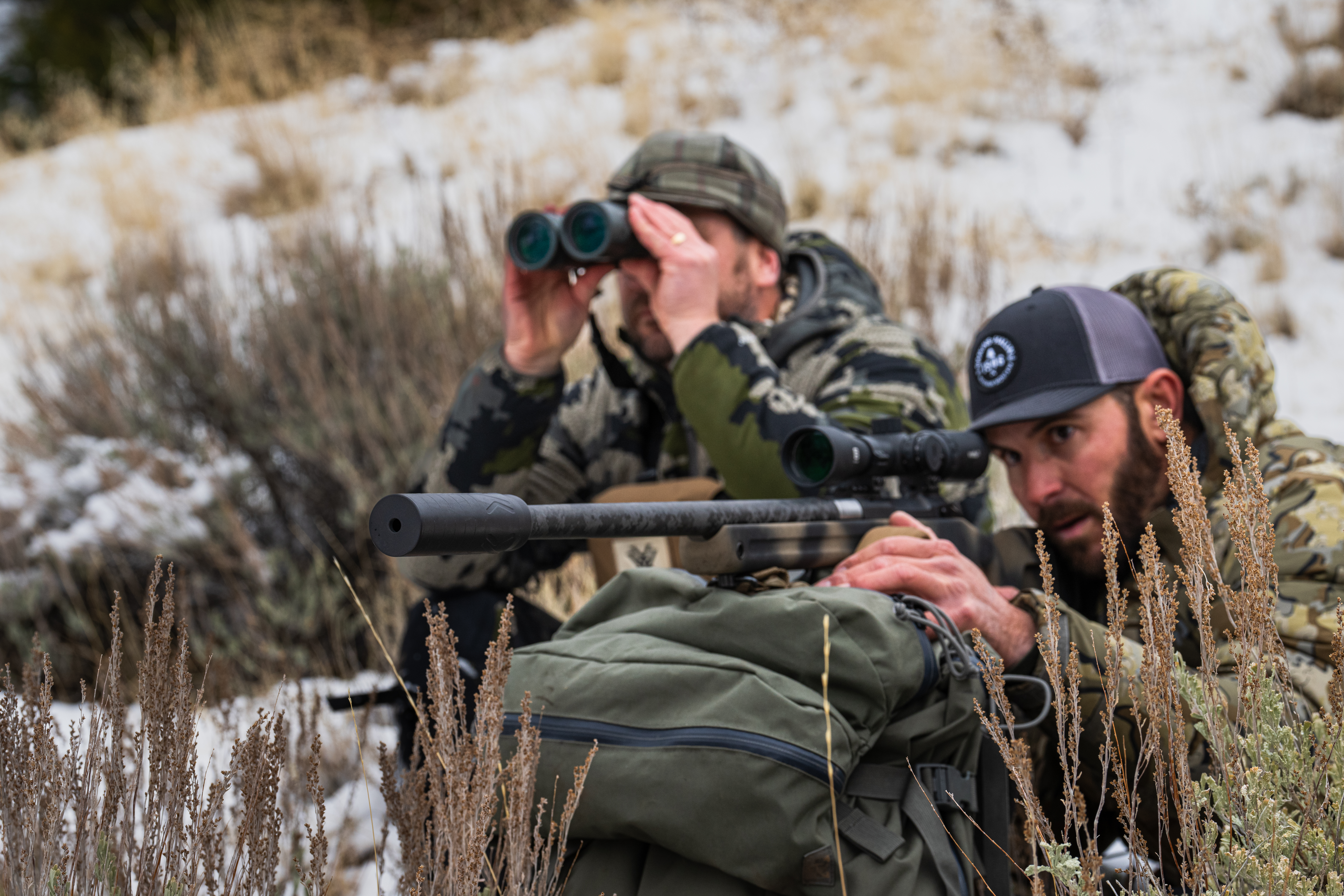
When it comes to mule deer hunting, seeing is everything. Wide open basins, high country ridge lines, and rolling sagebrush flats all share one thing in common: they make is easy for deer to disappear. Spotting a buck before he can spot you could be the difference between a punched tag and an excuse.
That’s why glassing is so important. Not just the act itself but the gear, your binoculars, spotting scopes, rifle scopes are as important as how you use them. Whether you’re just getting into the game or you’re refining advanced spotting techniques, your optics and how you use them matter.
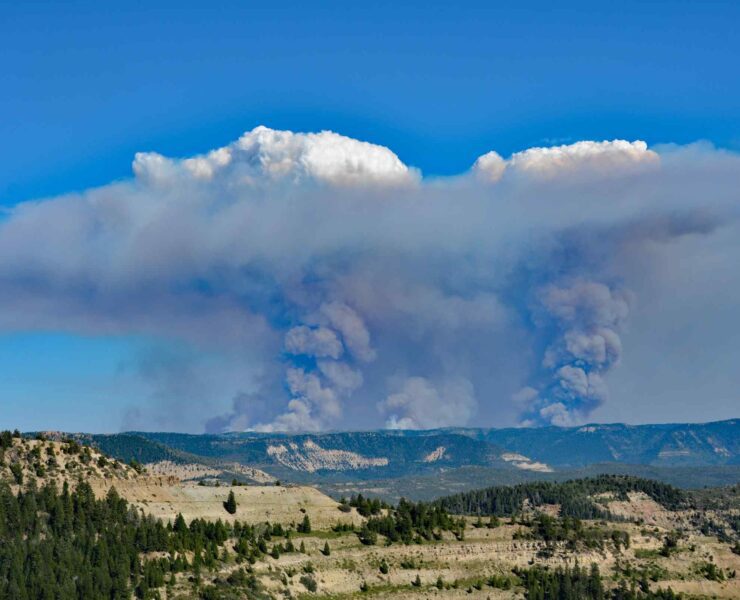
Wildfire is a powerful and often misunderstood force on the Western landscape. For mule deer, fire can be both a threat and a benefit. While flames may scorch winter range, destroy cover, and reduce food availability in the short term, fire also plays a regenerative role—creating lush, nutritious vegetation that deer depend on.
Understanding how wildfires affect mule deer habitat is critical to long-term conservation efforts. As wildfires increase in size and frequency, land managers and wildlife professionals must carefully weigh the risks and benefits to ensure mule deer populations remain healthy and resilient.

Anyone who has tried a venison and barley soup or stew knows that those two ingredients go together like peas and carrots.
Barley and venison soups and stews are a part of what gets me through the long winters up here in Canada.
When it comes to it though, despite being great, there is more to barley than just soups and stews!
